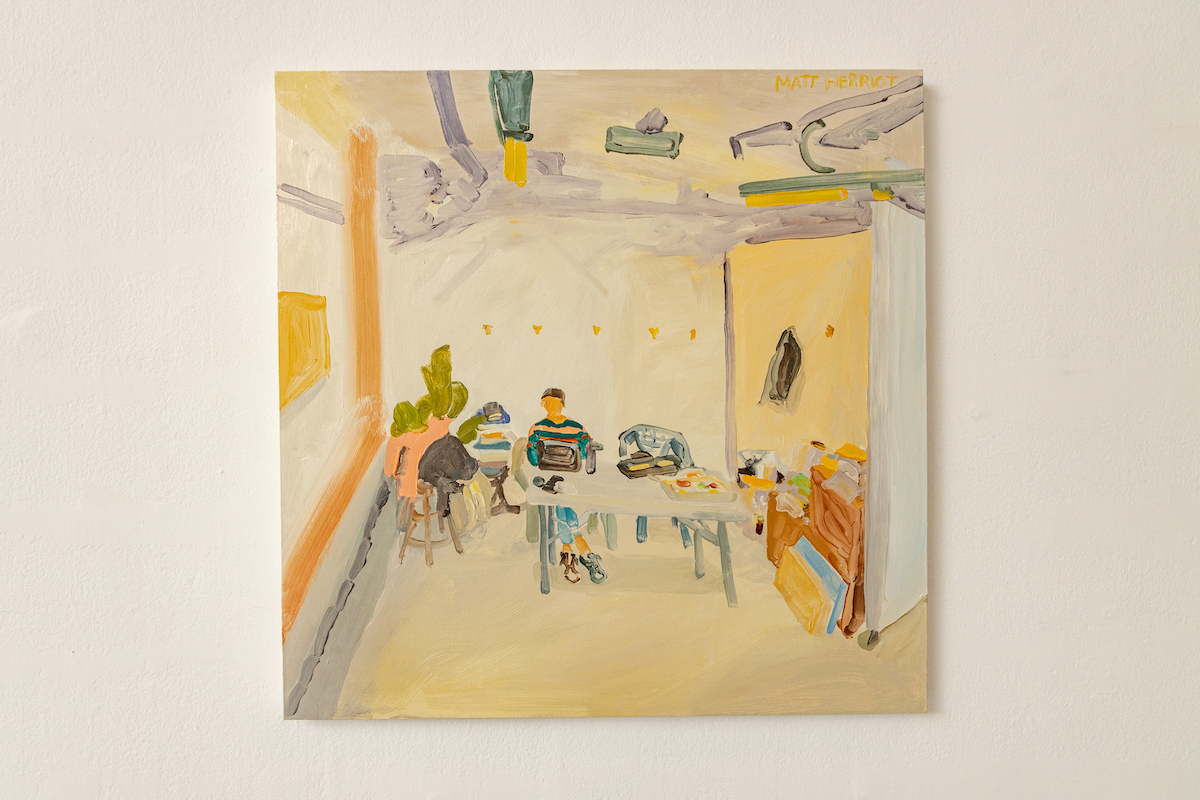Senior Thesis Exhibition 2022
Abeyaz Amir
Chia Amisola
Brice Bai
Merritt Barnwell
Onora Best
Maya Boateng
Ekow Buadu
Anne Chen
Mila Colizza
Alara Degirmenci
Ivory Fu
Pilar Galvan
Matt Herriot
Sidney Hirschman
Neo Khan
Daniel Kyungjae Lee
Sunnie Liu
Laura Padilla Castellanos
Anya Pertel
Sarah Saltzman
Sol Thompson
Julie Tran
Aliaksandra Tucha
Sofia Turner
Xavier
Jieun Yu
Senior Thesis Exhibition 2022
Abeyaz Amir
Chia Amisola
Brice Bai
Merritt Barnwell
Onora Best
Maya Boateng
Ekow Buadu
Anne Chen
Mila Colizza
Alara Degirmenci
Ivory Fu
Pilar Galvan
Matt Herriot
Sidney Hirschman
Neo Khan
Daniel Kyungjae Lee
Sunnie Liu
Laura Padilla Castellanos
Anya Pertel
Sarah Saltzman
Sol Thompson
Julie Tran
Aliaksandra Tucha
Sofia Turner
Xavier
Jieun Yu
Matt Herriot
Statement I am fascinated by our ability to decipher representation from even the most abstract of visual cues. I am also fascinated by paintings that capture the appearances of complex objects and settings by abbreviating them into a limited number of gestures. To demonstrate this inevitable coexistence of abstraction and representation, I paint my studio. My working process is concentrated entirely on answering two questions: “Which of my observations of my surroundings should I record, and how should I use paint to record them?” Simply changing these two variables allows me to look at the same view of my studio time and time again, yet each time produce an entirely new painting—defined not by the specific view of my studio it represents but by the unique arrangements of paint and color that simultaneously give rise to that representation and diverge from it into abstraction. Only I am able to perceive some of the abstractions in my paintings as depictions of my studio because of my familiarity with the space and my experience of making the paintings. However, by painting the same scene multiple times, my intention is for viewers to begin to see the paintings in the same way that I do, whereby previously indecipherable collections of brushstrokes become recognizable as specific objects or features of my studio. This occurs due to correspondences between different abstractions across multiple paintings that stand to represent the same object. Therefore, viewing multiple paintings in sequence is designed to heighten one’s attention to the nuances of each.
Student

painting, color, thinking, lines, perception, drawn, cognitive science, shadows, boxes, mark, parallel lines, specifically, light, big, differences, perceive, talking, gray
“So with my work in my presentation I was doing abstract paintings. And I kind of decided to go back to representation.”
“You're not perceiving the raw sensory data, you're perceiving the meaningful organization of that data according to your brain.”
“I'm gonna go back home to London. And keep painting.”
“I kind of realized how Matisse used painting as a language to create an abstraction, which is also a representation. So while I was painting, previously, painting abstract works for the purposes of the line in the formal dimensions, now I'm using pictures to get to the same result. And yeah, so in each of these paintings, I'm kind of asking myself the question, how can I use paints to represent my surroundings? And I think the magic about painting is that just by virtue of it happening in the moment, that's a different answer to the question every time.”
“We actually started dating the day before COVID. So we started dating the day before spring break in 2020. And then they canceled Yale. I went back to England, she went out to California, and then they put the travel ban in place. So we couldn't see each other for five months. So it's kind of crazy. Right? Right at the start of our relationship.”
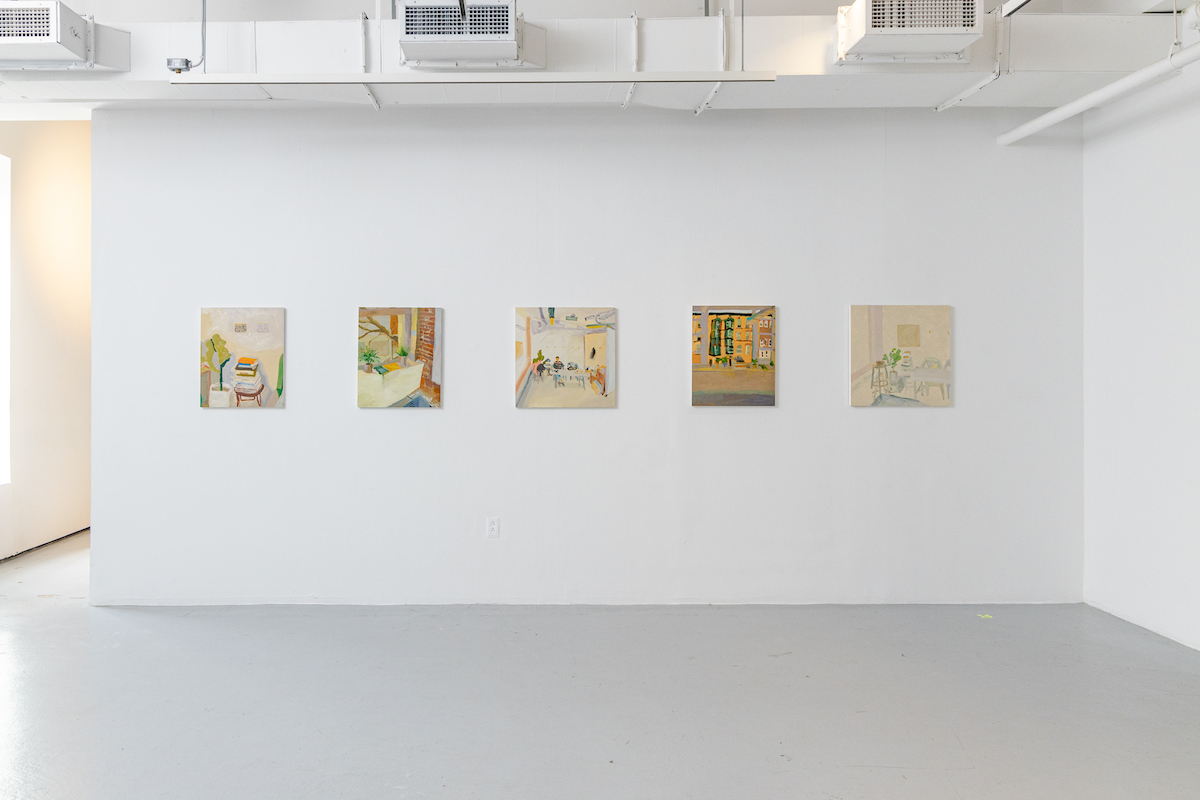
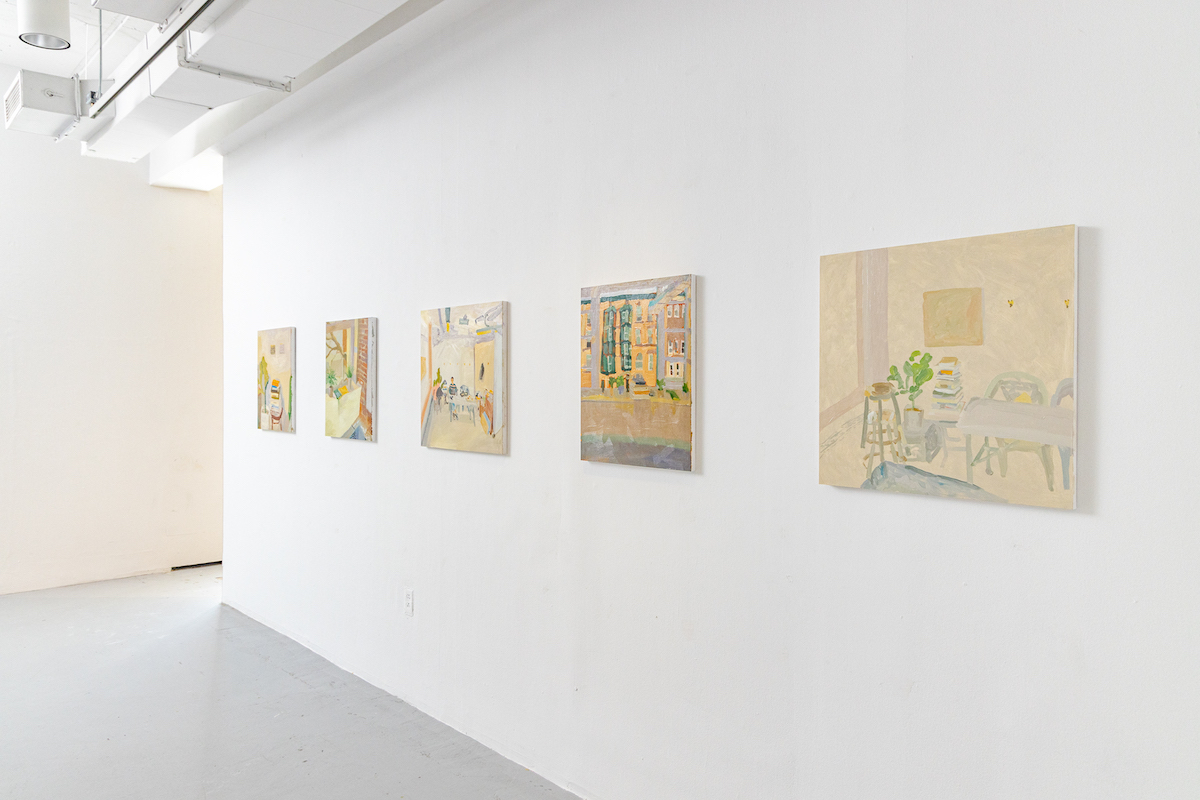
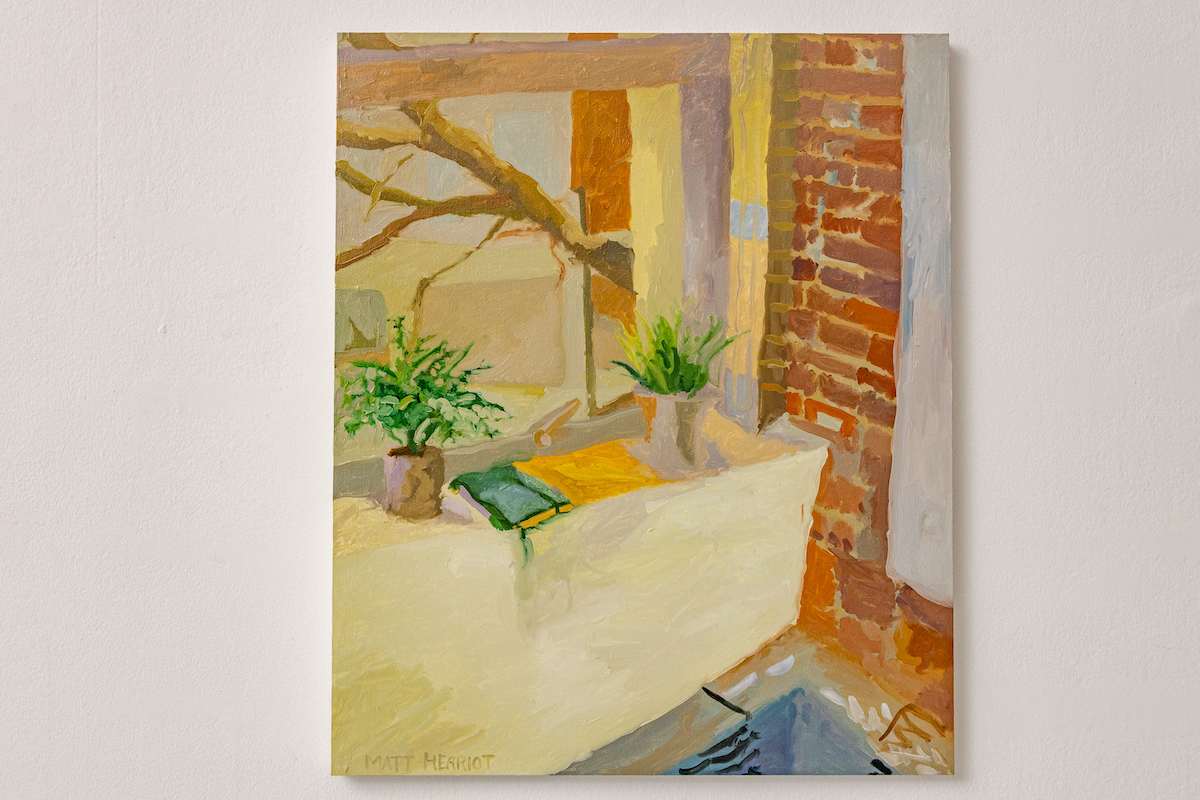
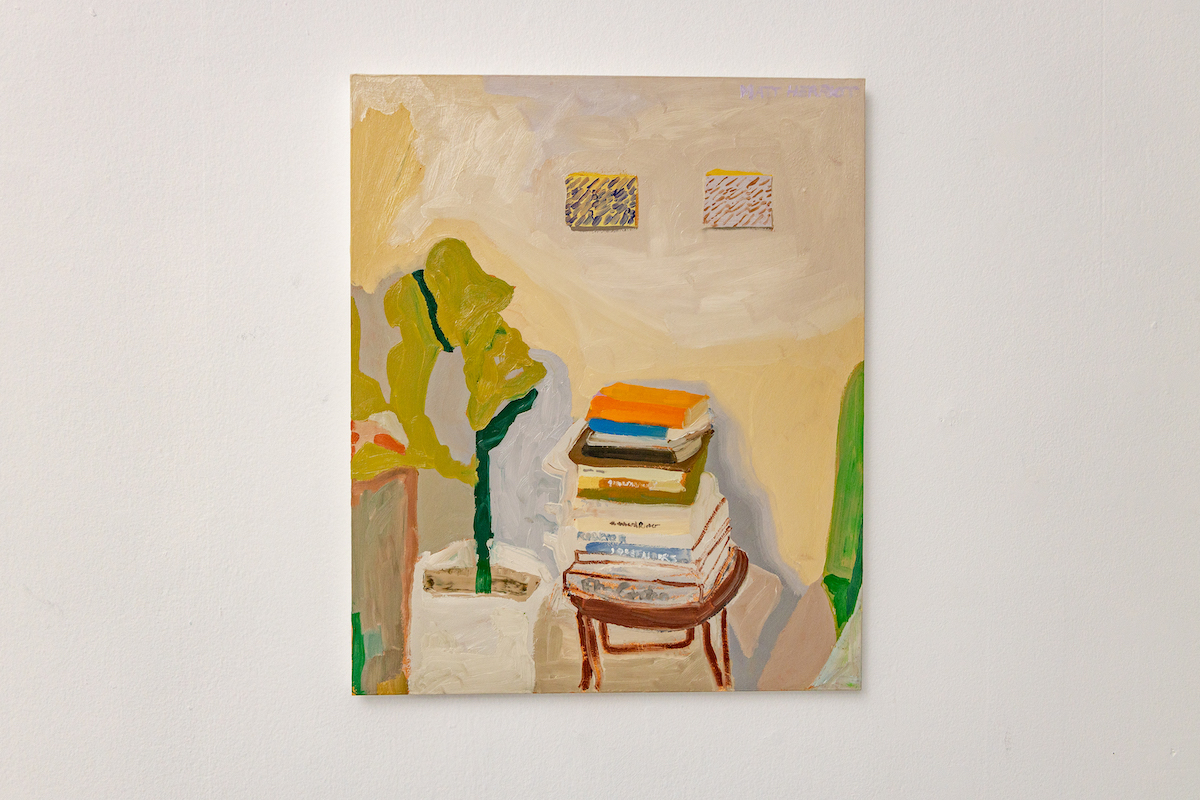
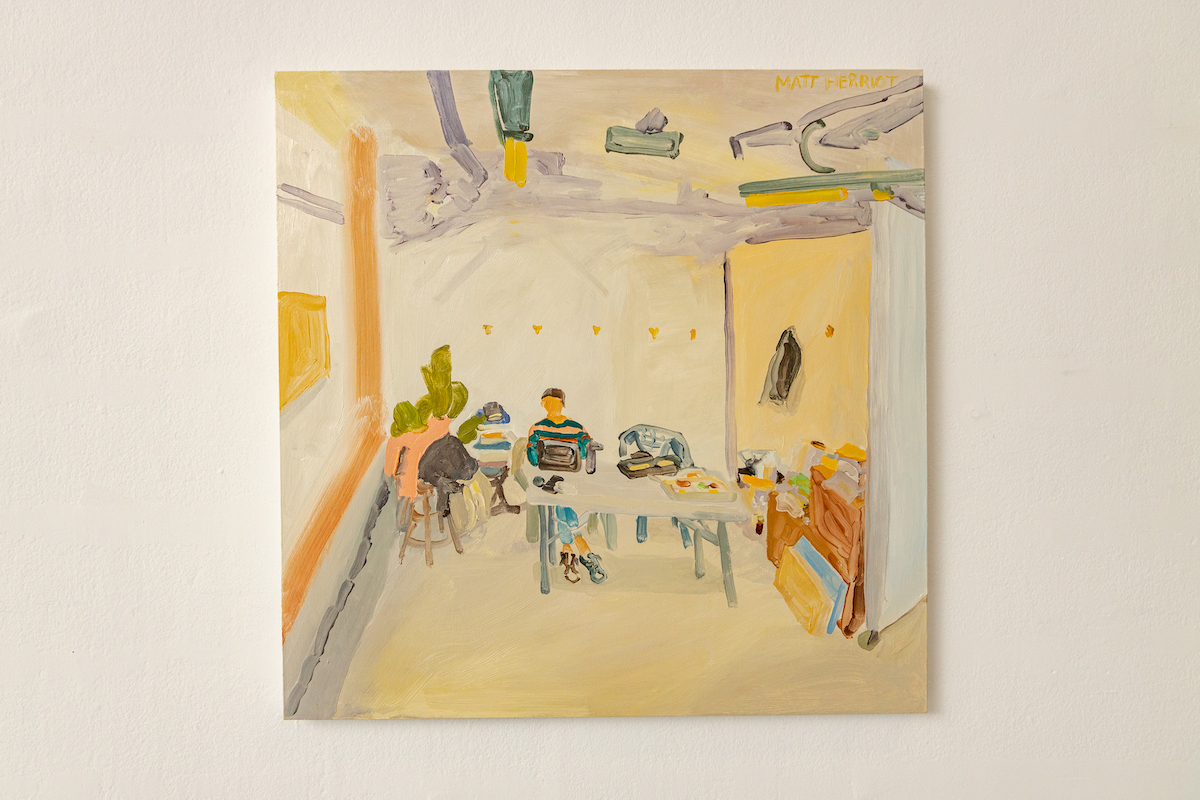
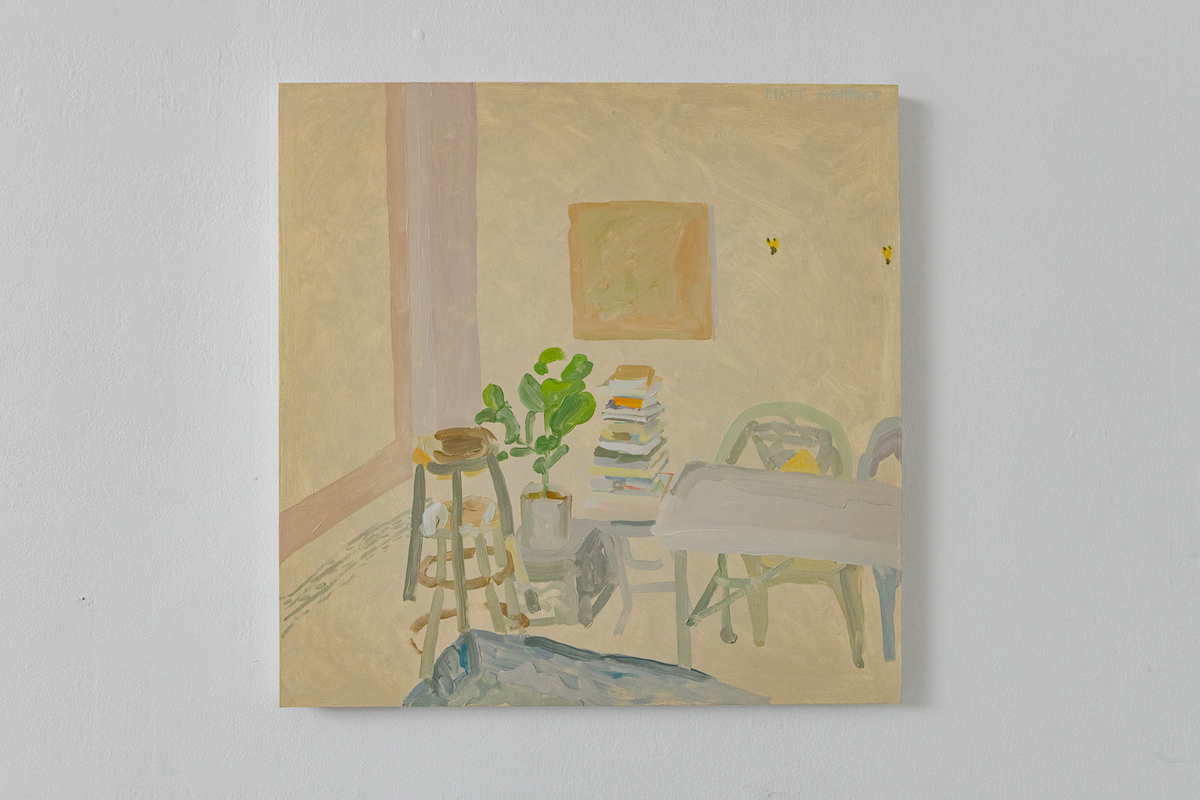
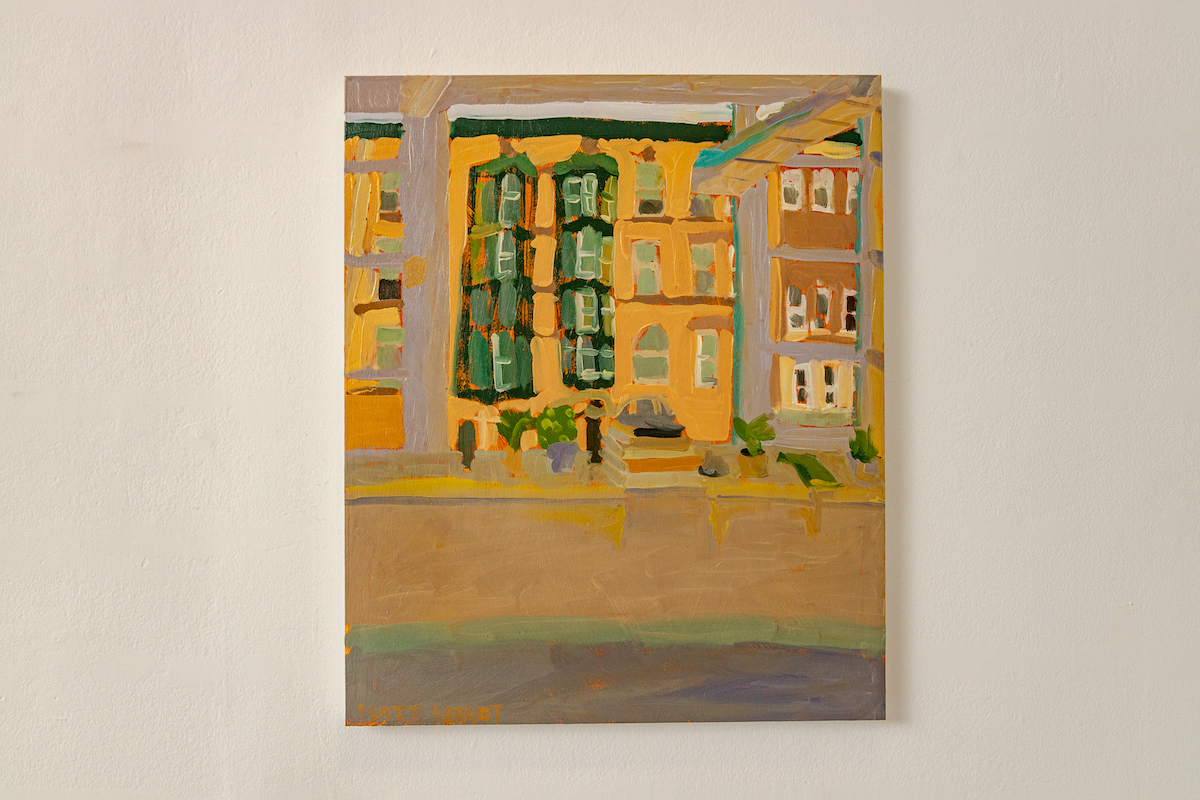 Paintings of Studio
Paintings of Studio
